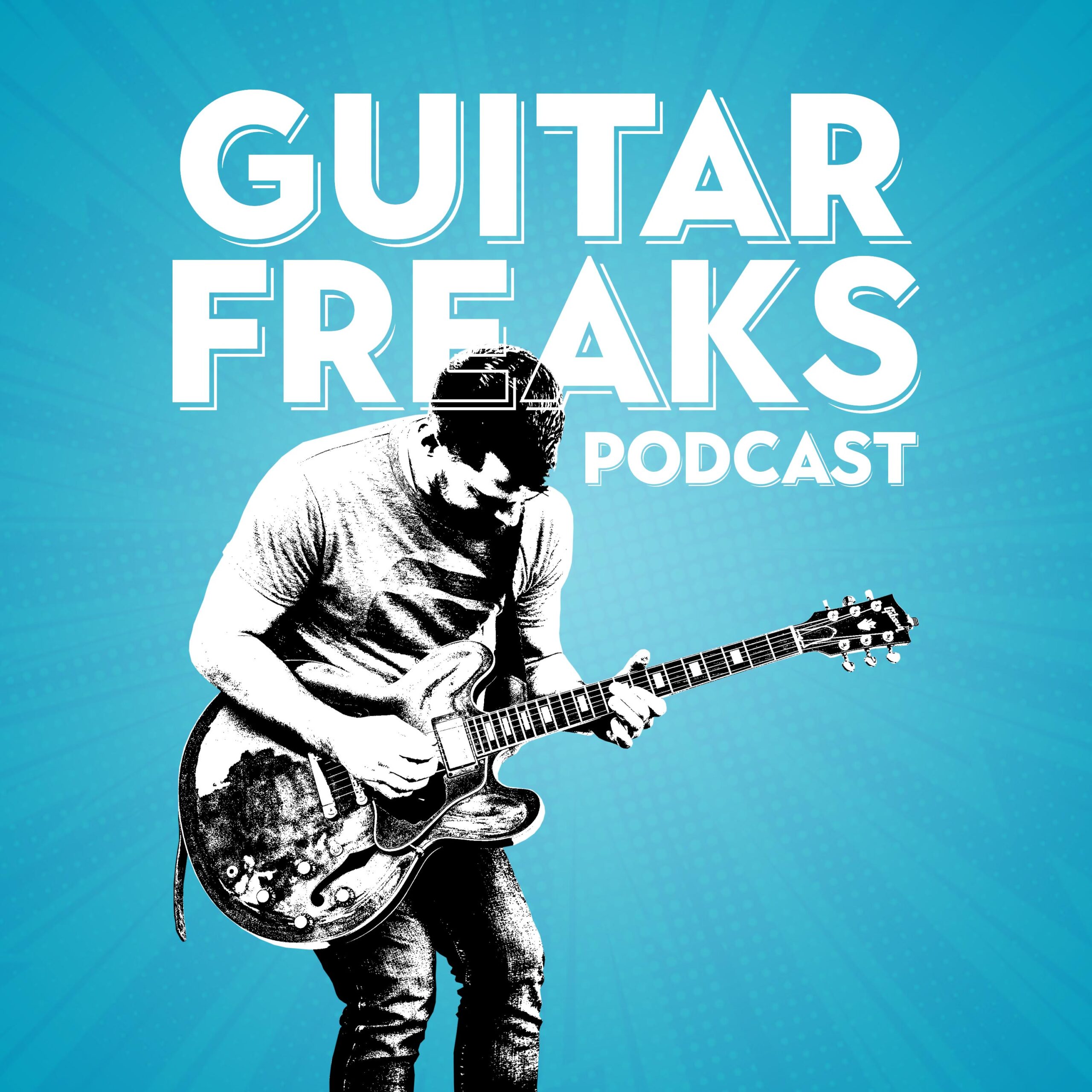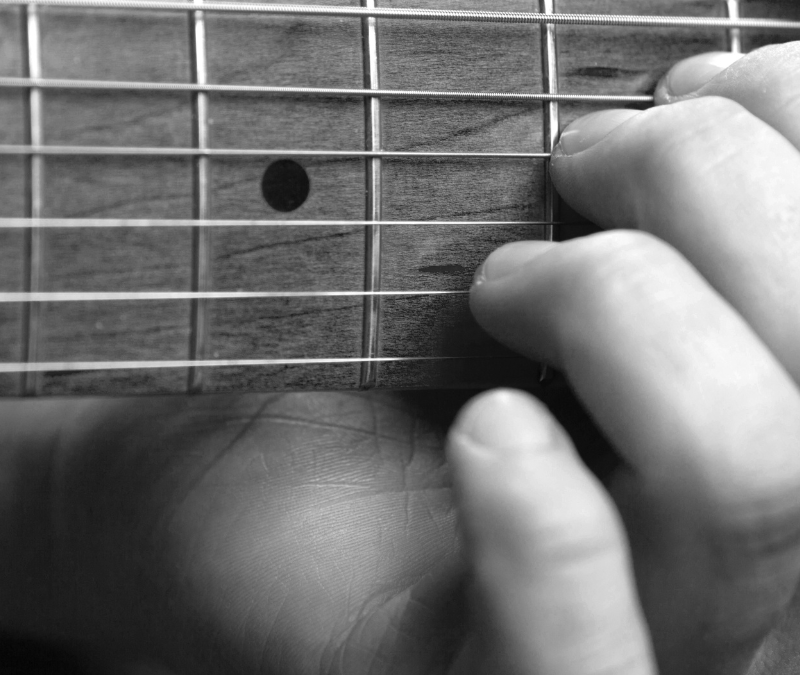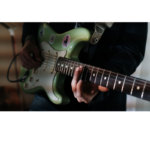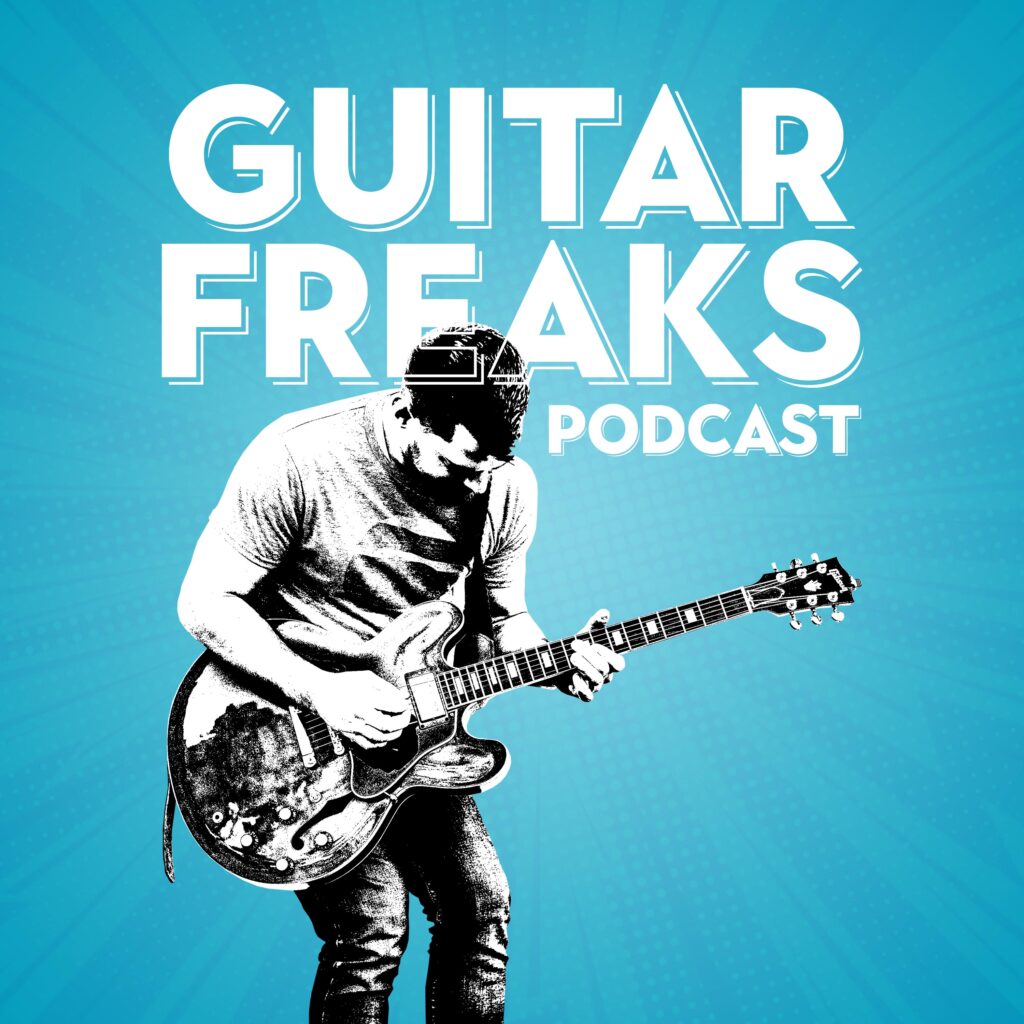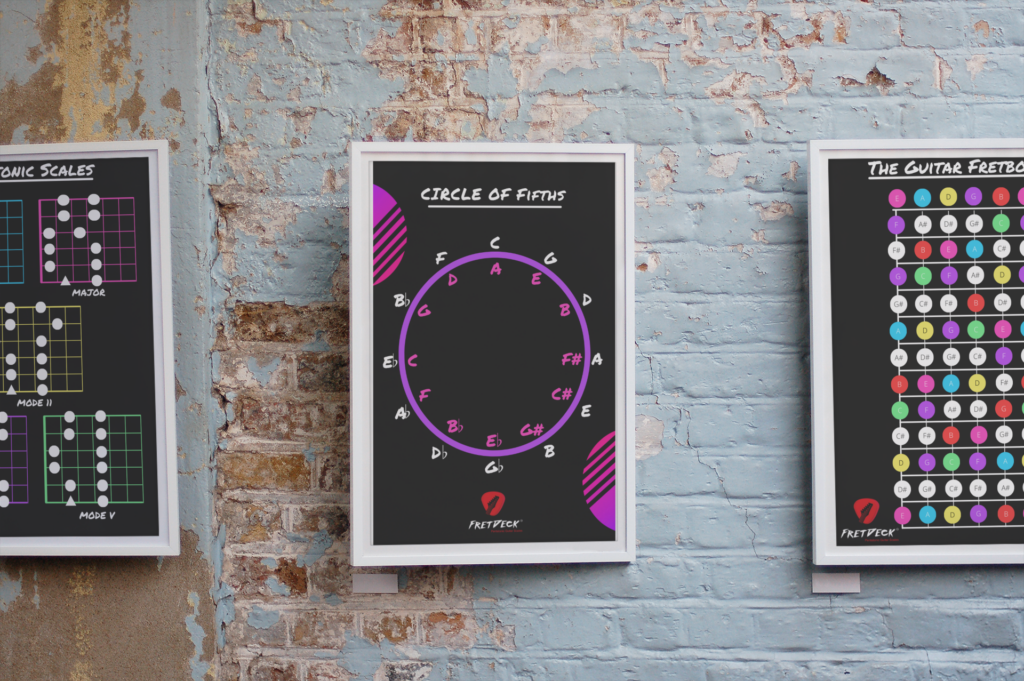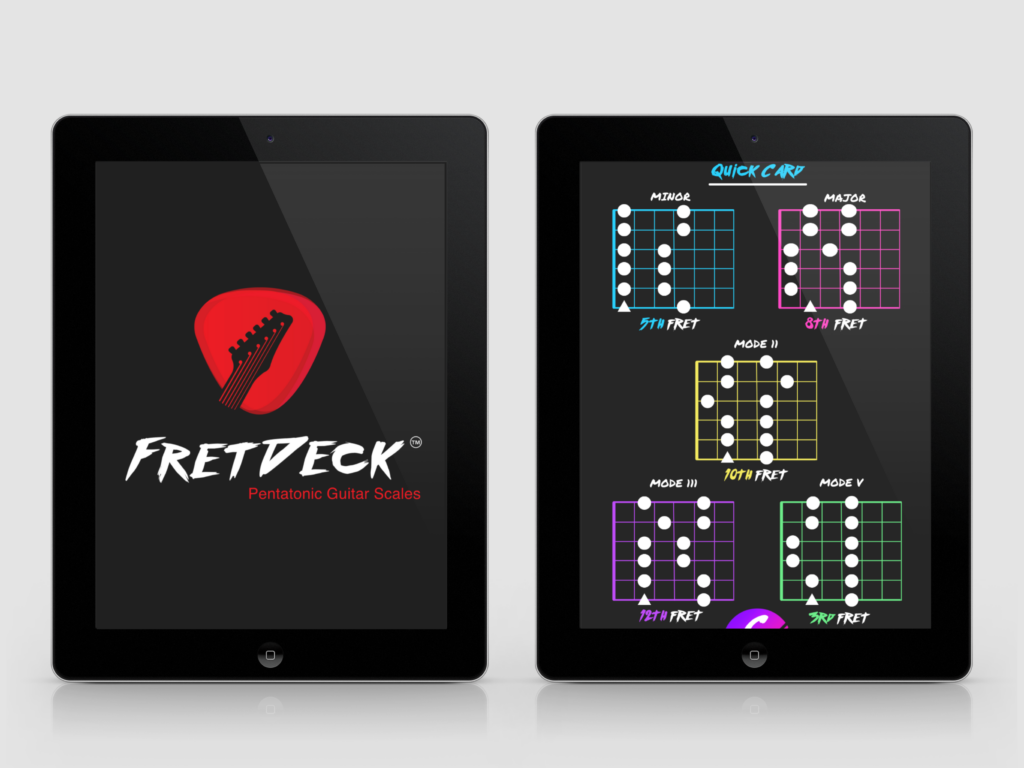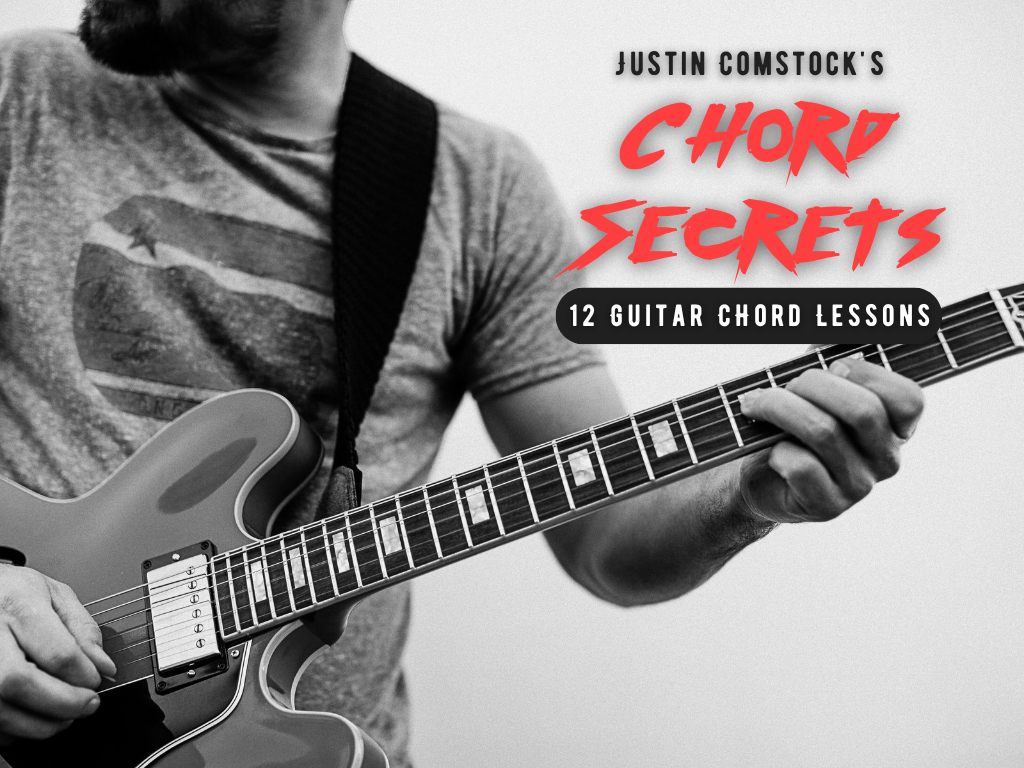Let’s be honest for a second.
Most guitar players learn scales the wrong way.
You memorize a bunch of patterns. You play them up and down like a machine. You get bored. You stall. You wonder why your solos don’t sound like your heroes.
That’s because learning solo guitar scales isn’t the same as learning how to solo.
The good news? There’s a better way.
In this post, we’re going to strip away the nonsense and show you how to actually use solo guitar scales to sound musical. Not robotic. Not aimless. Musical.
Why Solo Guitar Scales Matter (But Only If You Use Them Right)
Let’s clear this up right now: scales are not the goal.
Scales are just tools. The hammer, not the house.
The goal is to make your guitar sing. To express an emotion. To say something worth listening to.
Scales are how you get there—but only if you learn them in context, not just as abstract diagrams.
Here’s what most players get wrong:
- They memorize 5 boxes of the minor pentatonic, but don’t know where the roots are.
- They can shred through the major scale, but couldn’t tell you what key they’re in.
- They practice scales in isolation and expect to magically solo better.
Spoiler alert: that doesn’t work.
But here’s what does…

❌ Stop Guessing. Start Shredding.
If you’re still fumbling through scale patterns and box shapes… it’s costing you progress.
FretDeck™ is the no-fluff system that shows you exactly how to master the fretboard—fast. Early access.
⚡️ This isn’t for dabblers. It’s for players who want results.
👉 Click here to join the pre-launch now
Early access. Limited rewards. Don’t wait.
The 3-Part Formula to Mastering Solo Guitar Scales
Instead of memorizing and forgetting, do this:
1. Learn ONE scale deeply
Start with either:
- A minor pentatonic (5th fret)
- C major scale (open position or 8th fret)
Focus on just one. Learn:
- Where the root notes are
- What chords that scale fits over
- How it sounds, not just how it looks
2. Connect it to chord shapes
If you’re soloing over an Am chord, you’d better know where that chord lives on the neck.
Link your scale notes to that shape. When your solo and chords live in the same space, your solos sound intentional—not random.
3. Use musical phrasing
Don’t play the scale like a ladder.
Play it like a conversation:
- Use call and response
- Repeat a phrase with variation
- Use rests like punctuation
- Bend into a note like you’re telling a secret
That’s how great solos are born.
5 Scales That Actually Work in Real Solos
You don’t need 100 scales. You need five you know cold.
🎸 1. Minor Pentatonic Scale
This is your Swiss army knife.
Blues, rock, soul, funk—you name it.
It works over minor chords, dominant 7th chords, and even major chords (if you do it tastefully).
Example:
Play Am pentatonic at the 5th fret over an Am–D–E groove.
🎸 2. Major Pentatonic Scale
Same shape as the minor, but with a major vibe.
Great for soul, country, and smooth rock.
Pro tip:
Play C major pentatonic at the 8th fret over a C–F–G progression. Instant summer vibes.
🎸 3. Dorian Mode
This scale turns your minor solo into a funk machine.
It’s a minor scale with a raised 6th.
Use it over minor 7th grooves like Am7–Dm7–Em7.
🎸 4. Mixolydian Mode
This is your go-to for dominant 7th chords.
Funky, gritty, greasy.
Try G Mixolydian over a G7 vamp. It feels like James Brown on guitar.
🎸 5. Natural Minor Scale (Aeolian)
Use this when you want drama and emotion.
It has all 7 notes of the minor scale, unlike the pentatonic.
Great for emotional solos and cinematic builds.
How to Make These Scales Sound Like a Solo
Here’s the magic trick:
🎯 Target the chord tones.
Say you’re soloing over an A minor chord. You’ll want to emphasize:
- A (root)
- C (minor 3rd)
- E (5th)
Those three notes are home base.
You can wander off to nearby tones—but you always return home.
Try this exercise:
- Loop an Am chord
- Play the A minor pentatonic scale
- Emphasize the root, third, and fifth
- Slide into them, bend into them, hold them
Suddenly, you’re not just running a scale. You’re telling a story.
Stop Practicing Scales. Start Practicing Sounds.
Here’s a radical idea:
Don’t practice scales in isolation. Practice them as sounds.
Do this:
🧠 Pick a scale (say, A minor pentatonic)
👂 Find 3 licks in that scale that sound GOOD
🗣️ Sing the lick before you play it
🔁 Repeat until it flows like language
You’re training your ear, not just your fingers. And that’s what makes solos sing.
How to Practice Solo Guitar Scales Without Getting Bored
Practicing scales doesn’t have to be boring. In fact, it should feel like jamming.
Here are 4 practice prompts that change everything:
🔁 1. One-String Solo
Limit yourself to one string. Try to play something emotional using just five notes.
This forces you to phrase better.
💡 2. Limit Your Notes
Choose 3 notes from the scale. That’s it.
Solo with only those notes for one full backing track.
You’ll be shocked how creative you get.
🎯 3. Move the Shape
Take your scale pattern and move it to a new key.
Solo in A minor… then C minor… then E minor.
Same shape. New context. New feeling.
🧱 4. Build a Solo in Layers
- Start with 2 notes
- Add a third
- Then a fourth
- Then bring it all back down
It’s how real solos grow—organically.
Why Most Guitarists Struggle to Solo
Here’s the truth no one tells you:
Memorizing 5 shapes doesn’t make you a soloist.
Most players struggle with:
- Forgetting scale positions
- Not knowing where the root notes are
- Getting stuck in the same box
- Not knowing how to move between keys
That’s exactly why we built FretDeck.
FretDeck: The Shortcut to Solo Guitar Scales Mastery
FretDeck is a visual, tactile training system that helps you internalize every scale, in every key, across every string.
Instead of flipping between random YouTube videos and messy tabs, you get:
✅ 60+ pentatonic scale cards in every key
✅ Root note guides (so you never lose your place)
✅ Practice prompts and creative solo drills
✅ A method that works in 15 minutes a day
Imagine holding the whole fretboard in your hand—and seeing how it connects.
That’s the power of FretDeck.
👉 Want to stop guessing and start soloing like a pro?
Grab your FretDeck now and unlock the neck today.

❌ Stop Guessing. Start Shredding.
If you’re still fumbling through scale patterns and box shapes… it’s costing you progress.
FretDeck™ is the no-fluff system that shows you exactly how to master the fretboard—fast. Early access.
⚡️ This isn’t for dabblers. It’s for players who want results.
👉 Click here to join the pre-launch now
Early access. Limited rewards. Don’t wait.
Final Thoughts: You Don’t Need More Scales. You Need More Connection.
Let’s bring it home.
You already know enough scale shapes. What you need is connection.
- Between notes and chords
- Between ears and fingers
- Between shapes and emotion
When you master solo guitar scales this way—by hearing, seeing, and feeling—you unlock more than the neck. You unlock your voice.
And that’s what real soloing is all about.
🎸 Don’t memorize more.
🎸 Internalize deeper.
🎸 And make it sound like music.
Discover how legendary guitarists crafted their iconic solos in Guitar World’s feature on The 50 Greatest Guitar Solos of All Time.
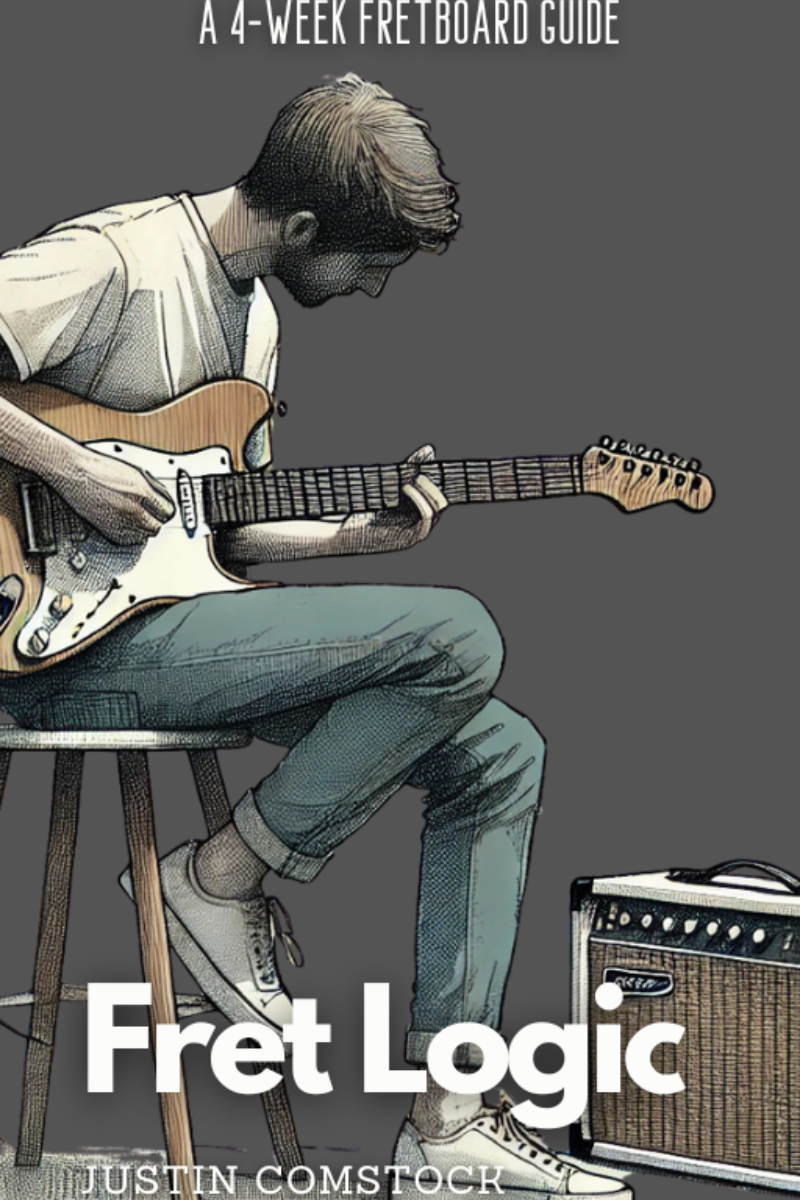
Join Guitar Freaks Hangout on Discord! 🎸
Get Fret Logic FREE!
Join the Guitar Freaks Hangout Discord and get exclusive access to my entire e-book, Fret Logic! Master the fretboard and elevate your solos with this comprehensive guide.
👉 Don’t miss out—join now and download your free copy!
